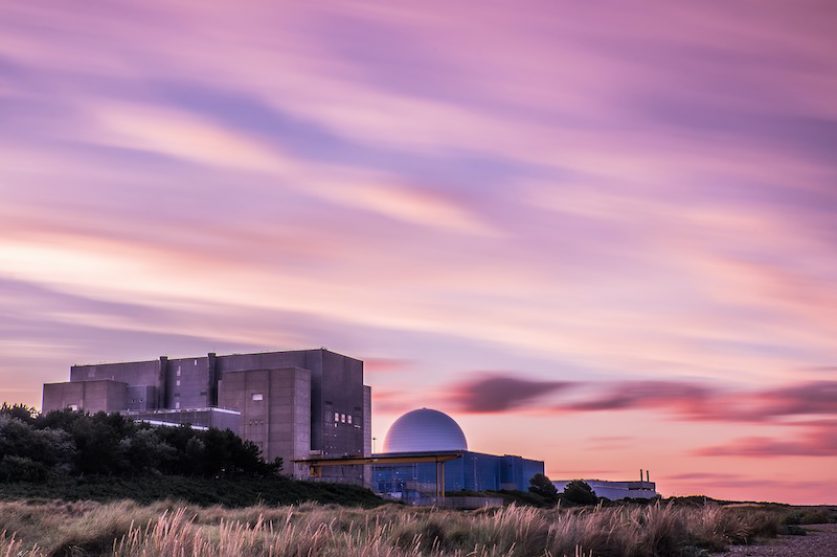
The government is reportedly on the cusp of approving EDF’s £20 billion Sizewell C nuclear project in Suffolk.
Talks with the French utility giant have intensified following the collapse of other nuclear projects in Anglesey and Cumbria. Japanese firms Hitachi and Toshiba pulled out of the schemes over lack of government subsidies, jeopardising the future of nuclear power in the UK.
Despite the recently scuppered projects, the government’s long-awaited energy white paper, which will set policy in the UK for decades, is expected to outline a key role for nuclear power. Officials have insisted the government “remains committed to new nuclear.”
The UK currently has 15 operational nuclear reactors at seven power stations, which regularly supply around a fifth of the country’s electricity. However, all but one are slated to close by 2030 and, of the eight new plants authorised by the government in 2010, construction has begun on just one: Hinkley Point C in Somerset.
If granted approval, Sizewell C will be the second new nuclear power station to come online. However, the exact details of its funding have yet to be agreed with EDF.
The BBC reports that the government is considering taking an ownership stake in the project, which will mean consumers see a small increase in their energy bills to fund the plant as it’s being built.
This funding model has previously been subject to criticism, with opponents arguing that it transfers the risk of delays and budget overruns from the developer to the consumer and taxpayer.
However, the costs and timescale of the Sizewell C development are expected to be mitigated by its duplication of Hinkley Point C plans. Although construction could take a decade, it’s expected to be completed 30% more quickly than at Hinkley.
The Nuclear Industry Association (NIA) has previously said the lessons of the Hinkley C development will bring down the cost of future nuclear power plants.
Government contributions to the development of Sizewell C will also mean consumers pay less for the electricity it eventually generates. EDF is shouldering the entire £22.5 billion cost of the Hinkley Point C as well as the risk of any cost overruns and estimated that the electricity it produces will cost £92.50 per megawatt-hour.
If the government takes a stake in Sizewell C, the electricity it produces will cost an estimated £40 to £60 per mWh, comparable to gas and wind power at £40.
The government also hopes that regular contributions from the public purse and consumers will encourage other investors like pension funds to take an ownership stake in the project.
The 3.2GW Sizewell C project is expected to eventually generate 7% of the UK’s electricity, powering six million homes. It will also support 25,000 jobs and 1,000 apprenticeships during construction and the supply chain will benefit 2,500 businesses. The project will also provide 900 jobs during its 60 years of operation.
However, local and environmental groups have registered complaints about the development, which will be alongside the decommissioned Sizewell A and 1990s Sizewell B on the Suffolk coast.
Alison Downes, from the Stop Sizewell C campaign, said: “No one should assume Sizewell C is now a foregone conclusion.”
The East Suffolk council welcomes the development and says it will work with EDF and the government to ensure the impact on local communities is minimised.
Cllr Craig Rivett, Deputy Leader and Cabinet Member for Economic Development on the council said: “We are aware of media reports indicating that the government intends to approve the construction of Sizewell C New Nuclear Build.
“East Suffolk Council welcomes this development because it will bring jobs and investment to our area—however we would want to continue to work closely with EDF, the government and others, as set out in our response to the Planning Inspectorate.
“We want to ensure the impacts on our communities are minimised and that there will be a legacy to make our area even better for residents, business and visitors.”




